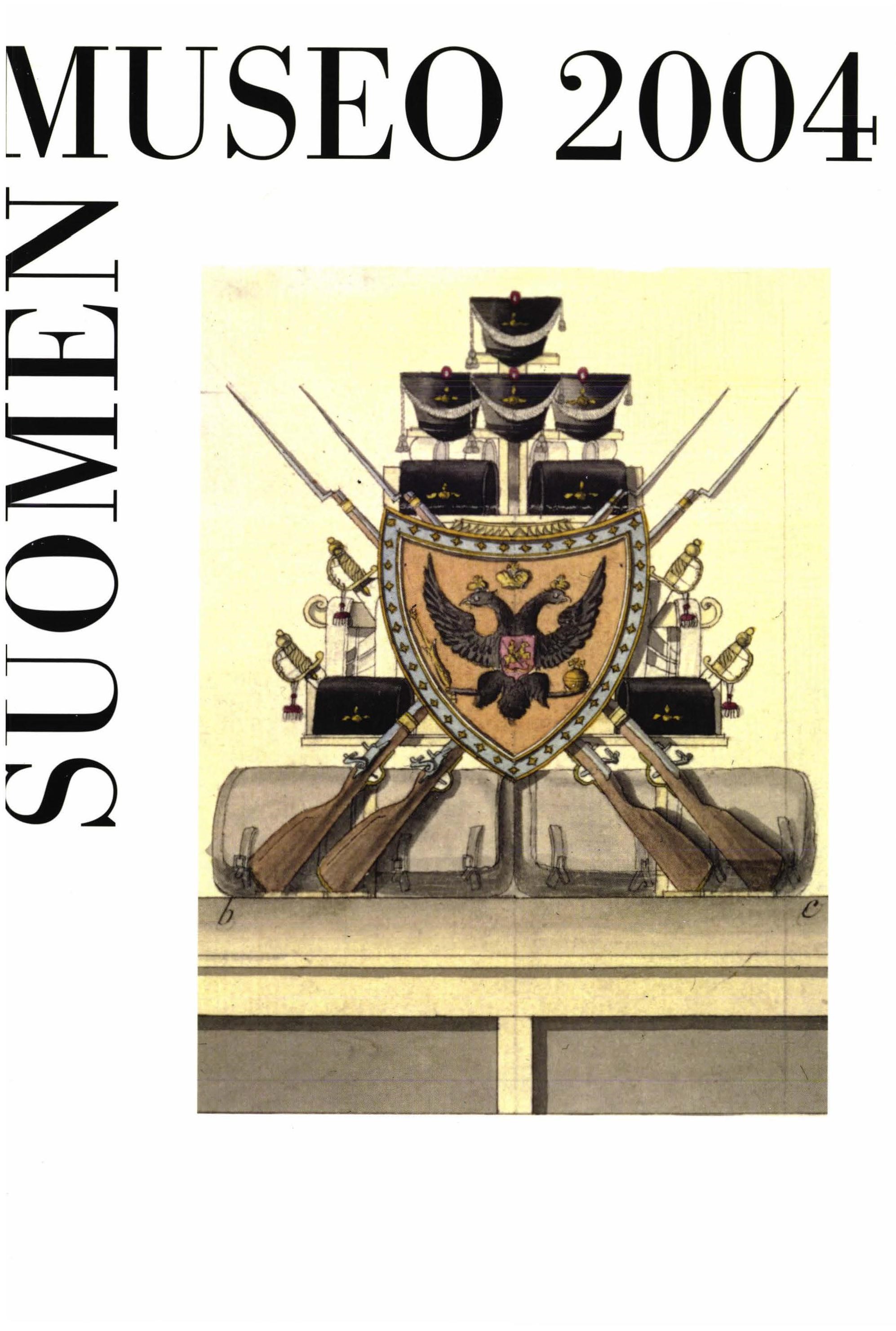Inkoon kuoppatalot – asumisen jälkiä 1100–1200-luvuilta
Abstrakti
During the summer of 1997, the Department of Monuments and Sites of the National Board of Antiquities conducted trial excavations in an area to the south of Inkoo Church, S Finland (Jäkärä 1997). Three test trenches over a metre wide were dug by mechanical means (trenches A-C, Fig. 1 ). Trenches A and C revealed almost rectangular features of sooty soil that could not be identified.
Comparisons with similar remains from neighbouring countries shed more light on the features. They appear to be the bottom layers of pit houses. Pit houses came into use in South Sweden during the Late Bronze Age along with many other types of houses (Larsson 1995, 60). Further to the north (in the Lake Mälar region and elsewhere) they were introduced around the beginning of the lron Age, but did not become more widespread until the Late Iron Age (Göthberg 1995, 103). In Sweden, pit houses are generally associated specifically with Viking Age settlement.
The houses vary greatly in size, the smallest measuring only some 190 x 140 cm, while the large ones can have an area of several square metres. They may cont a in hearths, though not necessarily in all cases. The plan is usually a rectangle with rounded corners, but may also be oval, round or of irregular shape. The rounded form has often been attributed to wattle-and-daub walls (Ohlsson 1980, 92).
The remains of at least two pit houses were discovered at Inkoo. Several features of discoloured soil in the profile sections of the excavation suggest, however, that there are probably several such houses in the area. Both houses were approximately 2 x 2 metres in area. In addition, two stone settings for hearths and an area of discoloured soil with cross-ploughed marks were investigated.
The function of the pit houses has been somewhat unclear. lt has been suggested that they were used for work or chores performed outside the dwelling. Finds suggest that such activities were e.g. weaving and smithying (Stjernquist 1976, 75). lt has also been suggested that they were used as threshing barns or for smoke-curing (Sander 1996, 12). House 1 at lnkoo did not reveal anything directly pointing to its function, while slag was found in the base level of house 2. The latter may have been a smithy.
Carbon samples for dating were taken from both houses. House 1 may date from as early as the Iron Age (BP 880±30). House 2 is most probably from the late 13th century (670±30). House 2 and the hearth situated near it appear to belang to the same period of occupation, while house 1 may be the remains of earlier structures at the site.
lt seems quite obvious that the plough-marks indicate an ancient field linked stratigraphically to the observed house remains, other layers of discoloured soil and structures at the site. The ancient field is located in typical easily worked soil, and its small size (ca. 100 square metres) suits present information on ancient fields in Finland (Huurre 2003, 42-45).
lt seems quite obvious that the plough-marks indicate an ancient field linked stratigraphically to the observed house remains, other layers of discoloured soil and structures at the site. The ancient field is located in typical easily worked soil, and its small size (ca. 100 square metres) suits present information on ancient fields in Finland (Huurre 2003, 42-45).

